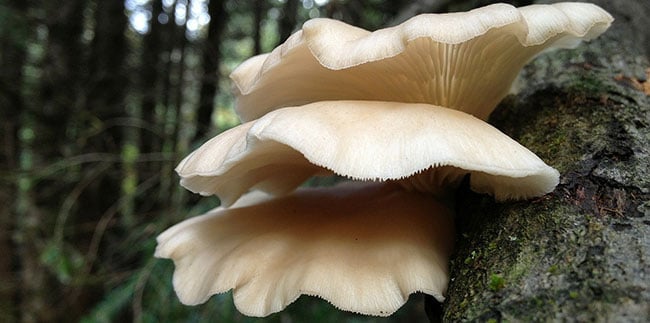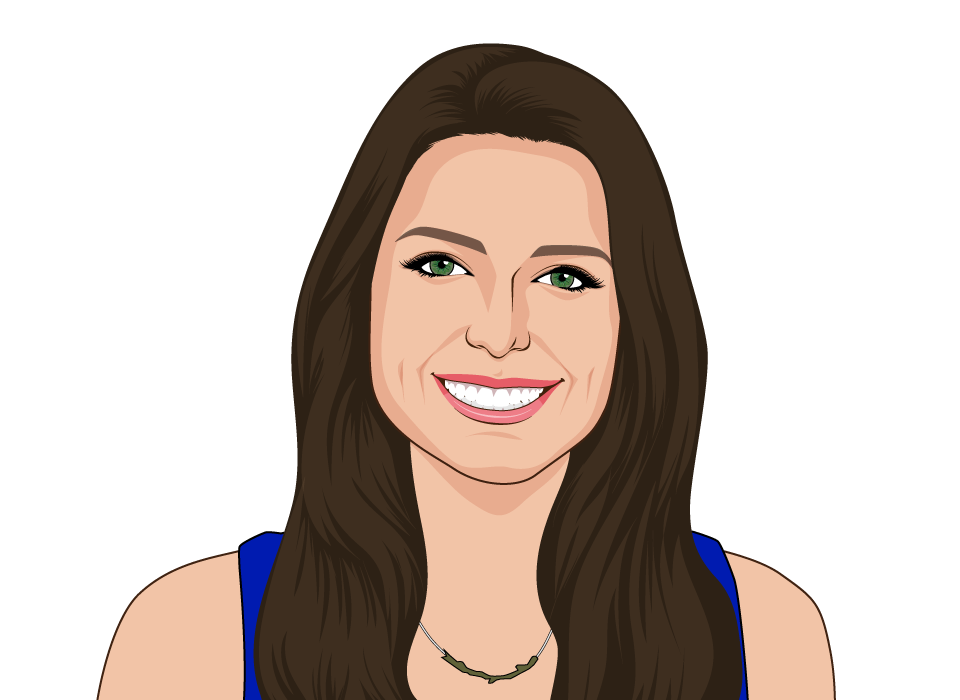
Aug 7, 2019
Blog Energy & Sustainability Mycoremediation: Definition, Current Trends and Market Opportunities
A few months ago, we wrote a blog about the fast-growing bioremediation market, which is estimated to reach $186.3 billion by 2023, increasing 15.4% annually.
While we provided an overview of how bioremediation works—the use of bacteria to break down toxic waste released into the environment from agricultural, industrial and pharma activity—we didn’t give one important bioremediation process its due: mycoremediation.
Brief Definition of Mycoremediation
Mycoremediation, sometimes referred to as fungi remediation or mushroom remediation, is a form of bioremediation that uses fungi instead of bacteria to break down waste.
Benefit of mycoremediation
Mainly, mycoremediation may offer a more sustainable and effective way to decompose waste than traditional bioremediation processes, yet is often unheard of, misunderstood and therefore rarely employed.
To help us understand mycoremediation and all it offers to the bioremediation market, we interviewed industry experts Diethelm Suit and Charles Dixon of Delta Carbon Solutions. Our Q&A is below.
Q. How would you describe mycoremediation to someone who has never heard of it?
A. Mycoremediation is a component of the big picture of bioremediation. Microbes break down nutrients and organic compounds, store carbon, and they have their own world to sequester foods, just like humans do.
Mycoremediation uses fungi, which is most effective in breaking down waste, especially when combined with bacteria, as they work together to build soil humus and decompose waste. But mycoremediation isn’t studied very hard.
Q. Why is mycoremediation sometimes ignored in the bioremediation community?
A. When it comes to bioremediation, we’re very monoculture. We want a magic bullet bacteria or fungi that does it all, but neither of them can do it all alone. The problem with fungi, as good as they are at degrading carbon, is with the delivery method. The easiest product to deliver to end-users is definitely bacteria, but it’s not always effective.
Most of the mycoremediation that’s been done has delivered mattes of mycelium that’s been grown on cardboard and not something grown off the shelf, so it’s limited. That’s the big barrier to getting widespread use of fungi. But given that we have a growing concern of waste in the world, we need to begin using mycoremediation processes on a larger scale.
Q. What are some additional barriers to the growth of the mycoremediation market?
A. There’s only a few people—at a lot of different levels—who truly understand what mycoremediation can do. The state regulators, especially in the plant care market, don’t even know about it. In the environmental market, the current method of remediating soil is to dig up the soil containing waste, take it to a facility or incinerator, then replace it with clean soil.
But when you look at the expanse of our waste in the world, you can’t do that. You’d have big piles of rotting soil and holes in the ground, which is extremely expensive to fix.
From a sustainability standpoint, we have to explore better options. Bioremediation will gain a lot from mycoremediation and as people are more aware of it, they’ll see that as well.
Q. What does the mycoremediation market look like on a global scale?
A. Globally, India, South Korea and the Philippines have the most advanced knowledge about mycoremediation because they recognize what fungi do.
From an agricultural and food perspective, India doesn’t have the same sources or approaches as the U.S., so the agriculture community had to become experts in avenues that don’t rely on synthetic pesticides or GMOs. The use of fungi in agriculture and mycoremediation has been researched as alternatives to pesticide approaches. There’s more funding for mycoremediation because the country relies on it to grow food. There’s a need for it.
Q. Who are the major players in the mycoremediation market?
A. There are a few players that have been trying to deliver white rot and brown rot (forms of wood-decay fungus), which are effective in breaking down waste. Lots of groups are experimenting.
But with mycoremediation, it’s a delivery issue. We’re hoping to change that at Delta Carbon Solutions. Our product is a concentrated liquid of fungi and bacteria in vegetative form, delivered via spraying or injecting, as opposed to hand seeding fungal spores, which doesn’t always provide consistent results. Nobody has come close to what we have. We’re gaining some exposure in the bioremediation place. Within the next 6 months, we’ll see some good results.
Learn more about Delta Carbon Solutions and their approach to mycoremediation here.

Sarah Greenberg is the Manager of Content Marketing at BCC Research. She creates our blog, social media and email content.

Electrical switches—devices that control the flow of electricity—are the backbon...

As the world accelerates toward net-zero emissions, hydrogen, and ammonia have e...

Hydrogen technology is widely used across industries like glass, fertilizer, met...

We are your trusted research partner, providing actionable insights and custom consulting across life sciences, advanced materials, and technology. Allow BCC Research to nurture your smartest business decisions today, tomorrow, and beyond.
Contact UsBCC Research provides objective, unbiased measurement and assessment of market opportunities with detailed market research reports. Our experienced industry analysts assess growth opportunities, market sizing, technologies, applications, supply chains and companies with the singular goal of helping you make informed business decisions, free of noise and hype.